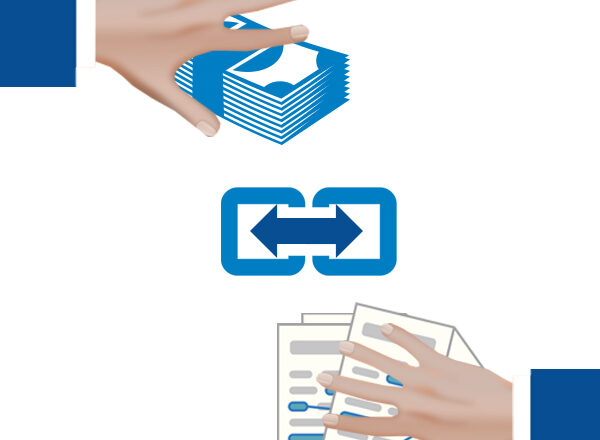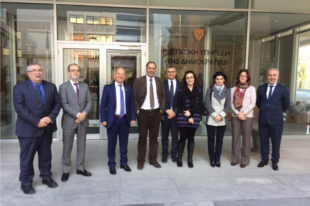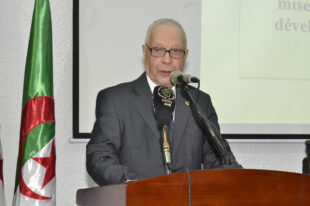Corruption and Money Laundering: The Nexus, Way Forward

[cmsmasters_row data_shortcode_id=”k2tvhnhpdh” data_width=”boxed” data_padding_left=”3″ data_padding_right=”3″ data_top_style=”default” data_bot_style=”default” data_color=”default” data_bg_position=”top center” data_bg_repeat=”no-repeat” data_bg_attachment=”scroll” data_bg_size=”cover” data_bg_parallax_ratio=”0.5″ data_padding_top=”0″ data_padding_bottom=”50″ data_padding_top_laptop=”0″ data_padding_bottom_laptop=”0″ data_padding_top_tablet=”0″ data_padding_bottom_tablet=”0″ data_padding_top_mobile_h=”0″ data_padding_bottom_mobile_h=”0″ data_padding_top_mobile_v=”0″ data_padding_bottom_mobile_v=”0″][cmsmasters_column data_width=”1/2″ data_shortcode_id=”pno9gw3loj” data_bg_position=”top center” data_bg_repeat=”no-repeat” data_bg_attachment=”scroll” data_bg_size=”cover” data_border_style=”default” data_animation_delay=”0″][cmsmasters_image shortcode_id=”pycr0u4dh” align=”center” link=”http://intosaijournal.org/wp-content/uploads/2019/04/INTOSAI-Journal-Spring-2019_29.jpg” animation_delay=”0″]19009|http://intosaijournal.org/wp-content/uploads/2019/04/INTOSAI-Journal-Spring-2019_29-580×751.jpg|cmsmasters-project-masonry-thumb[/cmsmasters_image][/cmsmasters_column][cmsmasters_column data_width=”1/2″ data_shortcode_id=”gsbjixtxfn”][cmsmasters_image shortcode_id=”wqp691sqh” align=”center” link=”http://intosaijournal.org/wp-content/uploads/2019/04/INTOSAI-Journal-Spring-2019_30.jpg” animation_delay=”0″]19010|http://intosaijournal.org/wp-content/uploads/2019/04/INTOSAI-Journal-Spring-2019_30-580×751.jpg|cmsmasters-project-masonry-thumb[/cmsmasters_image][/cmsmasters_column][/cmsmasters_row][cmsmasters_row data_shortcode_id=”2uutfm97z” data_width=”boxed” data_padding_left=”3″ data_padding_right=”3″ data_top_style=”default” data_bot_style=”default” data_color=”default” data_bg_position=”top center” data_bg_repeat=”no-repeat” data_bg_attachment=”scroll” data_bg_size=”cover” data_bg_parallax_ratio=”0.5″ data_padding_top=”0″ data_padding_bottom=”50″ data_padding_top_laptop=”0″ data_padding_bottom_laptop=”0″ data_padding_top_tablet=”0″ data_padding_bottom_tablet=”0″ data_padding_top_mobile_h=”0″ data_padding_bottom_mobile_h=”0″ data_padding_top_mobile_v=”0″ data_padding_bottom_mobile_v=”0″][cmsmasters_column data_width=”1/1″ data_shortcode_id=”fdhbpaz1o8″ data_bg_position=”top center” data_bg_repeat=”no-repeat” data_bg_attachment=”scroll” data_bg_size=”cover” data_border_style=”default” data_animation_delay=”0″][cmsmasters_notice shortcode_id=”ncjz82wjpg” type=”cmsmasters_notice_download” animation_delay=”0″]
Click here to download full article (pdf)
[/cmsmasters_notice][/cmsmasters_column][/cmsmasters_row][cmsmasters_row][cmsmasters_column data_width=”1/1″][cmsmasters_text]
by Sammer Ahmad, Office of the Auditor General Pakistan, Lahore Office
The Concepts Defined
Corruption and money laundering demoralize human development, international security and national economies. According to the World Bank and International Monetary Fund (IMF), corruption is the greatest hurdle to lifting millions of people from destitution. Money laundering invigorates corruption, as it does all profit-driven delinquencies.
Corruption and money laundering are mutualistic—they typically occur together. Yet, perhaps more significantly, the presence of one tends to produce, and reciprocally support, the occurrence of the other.
The United Nations Convention against Corruption (UNCAC) is more precise in defining corruption as “the active and passive bribery of domestic and foreign public officials, as well as officials from international organizations; the embezzlement or diversion of public property by an official; trading in influence or illicit enrichment by public officials; and bribery and embezzlement in the private sector.”
While active bribery denotes the party making the inducement, passive bribery represents the party receiving it. This holds true even if advances are rejected and no give-and-take occurs; it is the intent that matters.
Additionally, offering kickbacks through an intermediary related to the target is also deemed to be a corrupt activity, as are officials who steal public property (embezzlement) or favor friends or family in discharging their duties (nepotism). While corruption, generally comprises monetary stakes, money is not a requirement.
Corporations can also be held criminally accountable for corruption, though the criminal liability of parent companies for criminal acts of subordinate firms is less clear. There is growing consent that corruption can also materialize between two private firms (in the past, labeling activities as corrupt presumed the involvement of government officials).
Money laundering, the process of concealing illegal origins of money derived from crime, occurs after a predicate offense has brought the capital into the hands of criminals. The practice has taken on an increasingly international status with the growth of cross-border crime and progress of legitimate international trade and finance. Though offenders have faced a growing number of obstacles returning “dirty money” to home countries, ample opportunities still exist by leveraging globalized financial sectors.
Questions concerning the effectiveness of current Anti-Money Laundering (AML) policies have also been raised. A study in Britain, a nation possessing some of the world’s toughest AML policies, indicated the cost to laundering money is, on average, a mere15 percent of the principal amount.
The Relationship and Current Mitigating Mechanisms
For most countries, successfully dealing with corruption and money laundering collectively is difficult to accomplish as the close relationship between the two concepts tends to be historically and bureaucratically skewed. Often, policy groups and institutions are created to fight a multitude of offenses without bearing related, yet distinct, missions.
AML Financial Intelligence Units (FIUs) believe corruption is outside their area of responsibility, and anti-corruption bodies believe similarly when it comes to money laundering.
Some international officials that oversee technical assistance in both AML and anti-corruption areas within the same country express the norm is for each body to have never heard of the other. Officials also suggest money laundering and corruption are not domestic priorities and believe that several developing countries are establishing anti-corruption laws, regulations and institutions simply to impress the global community rather than truly addressing the topics.
To date, there are a number of international organizations and projects that have been established to combat corruption and money laundering, including: the Organization for Economic Co-operation and Development (OECD) Convention for Combating Bribery of Public Officials in International Business Transactions; the joint United Nations Office on Drugs and Crime/World Bank Stolen Assets Recovery initiative; Asian Development Bank/OECD Anti-Corruption Plan for Asia and the Pacific; Financial Action Task Force; and Asia-Pacific Group on Money Laundering.
The Way Forward
Experts suggest the single most important tool in preventing corruption is a register listing public officials’ (especially members holding ranking positions and members of anti-corruption bodies) assets and income. This register, which would be updated and audited regularly, forces officials to make a declaration of all assets and liabilities and creates a benchmark that facilitates discovery of subsequent, large sums. Declarations may also include assets derived from spouses and immediate families, particularly those employed in sensitive, senior positions.
Given FIU roles in collecting, analyzing and disseminating financial intelligence, the proper handling of confidential information is acutely relevant, as unauthorized release of such data can have serious consequences. Past practices indicate information policies should incorporate provisions to classify sensitive information, and the “need to know” principle should be applied to regulate restricted information access. FIUs may also benefit from adopting risk management principles that call for additional data safeguard integration, such as dual control and a general presumption of cross-checking, reviewing, and segregating duties and functions.
Judicial corruption also represents a severe threat to the proper functioning of AML policies and the justice system itself. Judges may be vulnerable to inappropriate influence, particularly in environments where: (1) they are poorly compensated; (2) appointments and promotion procedures tend to be arbitrary or opaque; and (3) there is a general lack of anti-corruption training.
Circumstances in which a resolution to impeach high-ranking public officials for corruption lies with a minister or political appointee also generates a serious conflict of interest. In this perspective, prosecutorial authority should be an autonomous legal authority outside the government.
[/cmsmasters_text][/cmsmasters_column][/cmsmasters_row]





